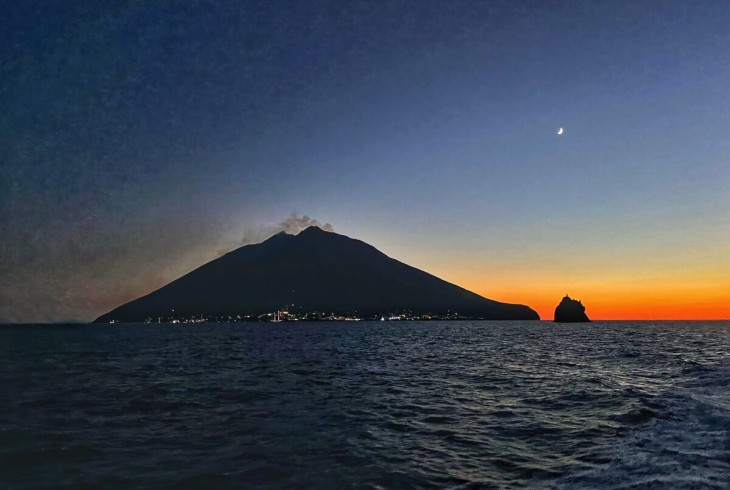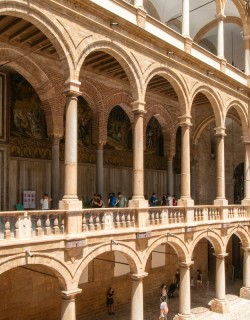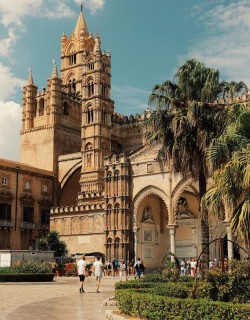A string of glittering pearls cast off in the crystal waters of the Mediterranean north of Sicily, the fabulous Aeolian islands easily rank amongst Italy’s most exciting travel destinations. Seven islands make up this volcanic, windswept archipelago, named in antiquity after the Greek god Aeolus, controller of the winds. The islands were formed by volcanic activity over 260,000 years ago, and two of them - Stromboli and Vulcano - are still active, regularly spewing lava and sulphuric gases miles into the skies above. But don’t let that put you off! Each of the seven islands in the chain offer magnificently picturesque scenery, unspoiled natural beauty, thrilling hikes, clear azure waters and excellent cuisine, making for a perfect summer island getaway. Read on for our guide to the Aeolian islands, and find out why they need to be on your radar for your next trip to Italy.
Stromboli
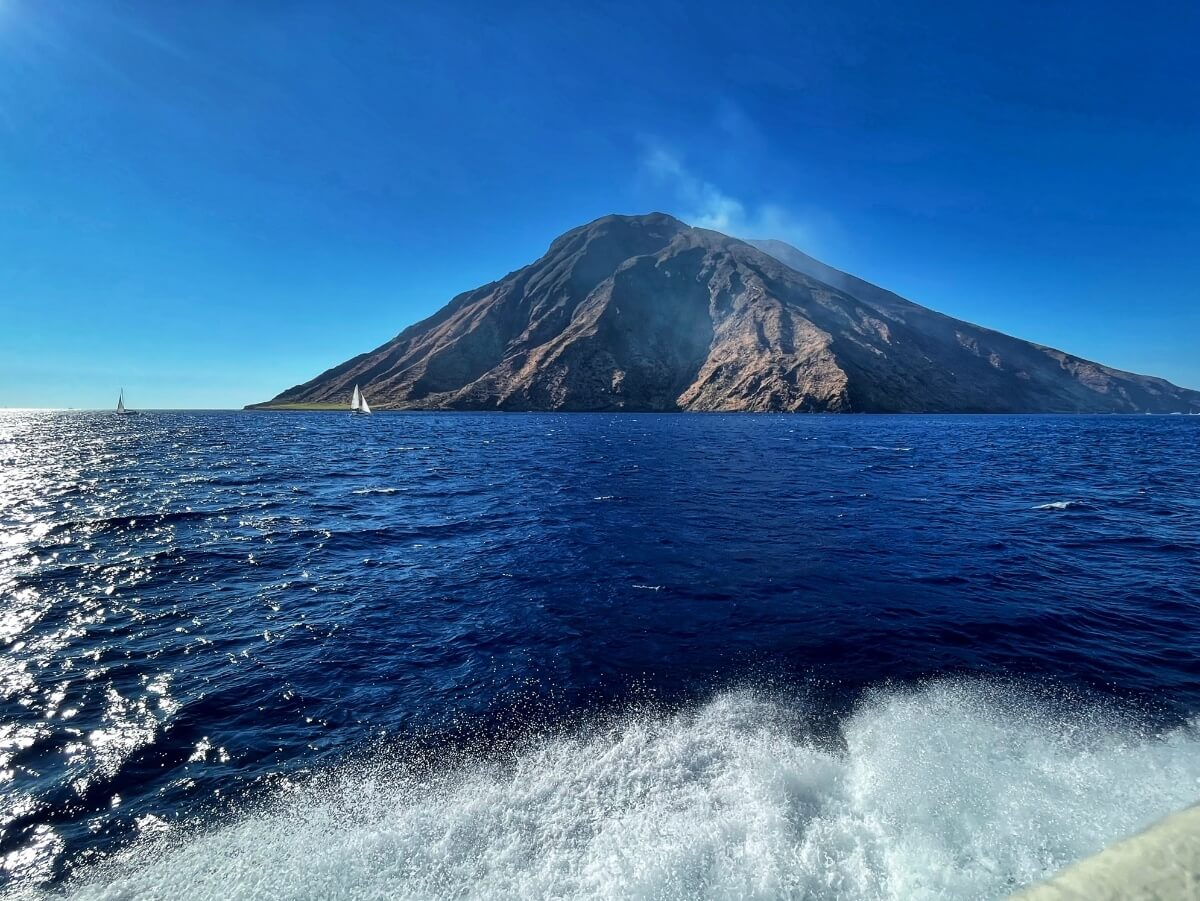
Perhaps the most spectacular island in the Aeolian chain, Stromboli is one of the world’s most active volcanoes and has been continuously erupting for thousands of years. The first time you spy the imposing volcanic crater hoving into view amidst the glittering waters of the Mediterranean is an experience you’ll never forget; it certainly made an impression on Lord of the Rings author JRR Tolkein, who was so struck with the sight of Stromboli spewing fire into the night sky that he immediately recognised in the volcano the contours of his own Mount Doom.
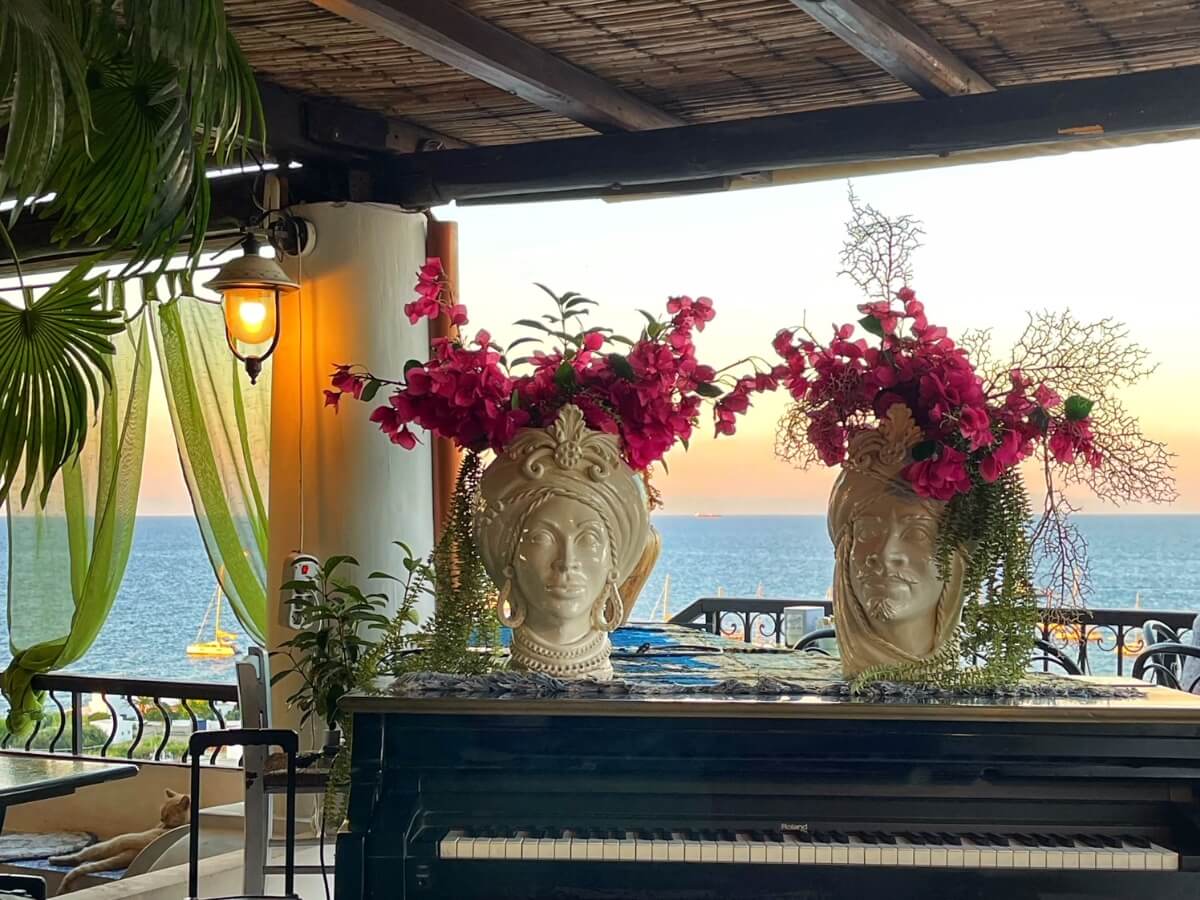
The director Roberto Rosselini and silver screen star Ingrid Bergman were also captivated by the volcano’s charms, embarking on a (at the time) scandalous affair here as they filmed Rosselini’s neorealist classic Stromboli on location. It’s easy to see the attraction: the startling contrasts between the fertile, acid green slopes on one side of the volcano and the blackened scorched earth of the other, all framed by Mediterranean flora is too spectacular for words. Stop off for a drink at Bar Ingrid for a vertiginous view of the volcano from up close. If you have the chance to pass Stromboli at night, you’ll be very likely to see it erupting, which it typically does as often as every 15 minutes - a pattern known as Strombolian eruption.
Panarea
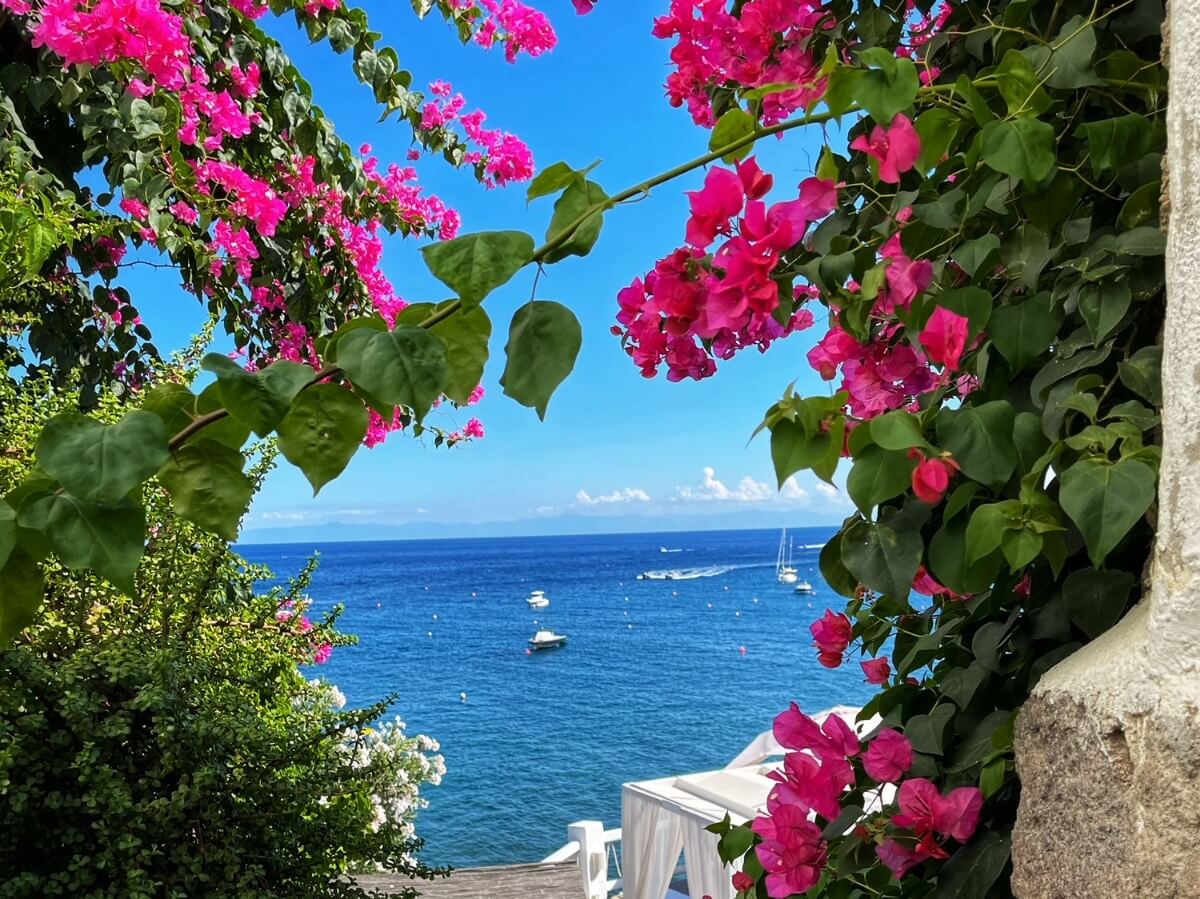
Cast off in splendid isolation amidst the impossibly blue waters of the Mediterranean, Panarea has provided a secluded getaway for the rich and famous for decades - recent visitors include Jeff Bezos, Oprah Winfrey and Rihanna. But although the stunning views and languid pace of life on the Aeolian’s smallest island attracts legions of celebrities and politicians every summer, as soon as you escape from the chic restaurants and boutiques around the harbour you’ll discover that the tiny island known to antiquity as Euonymus is at heart a fisherman’s island lost to time.
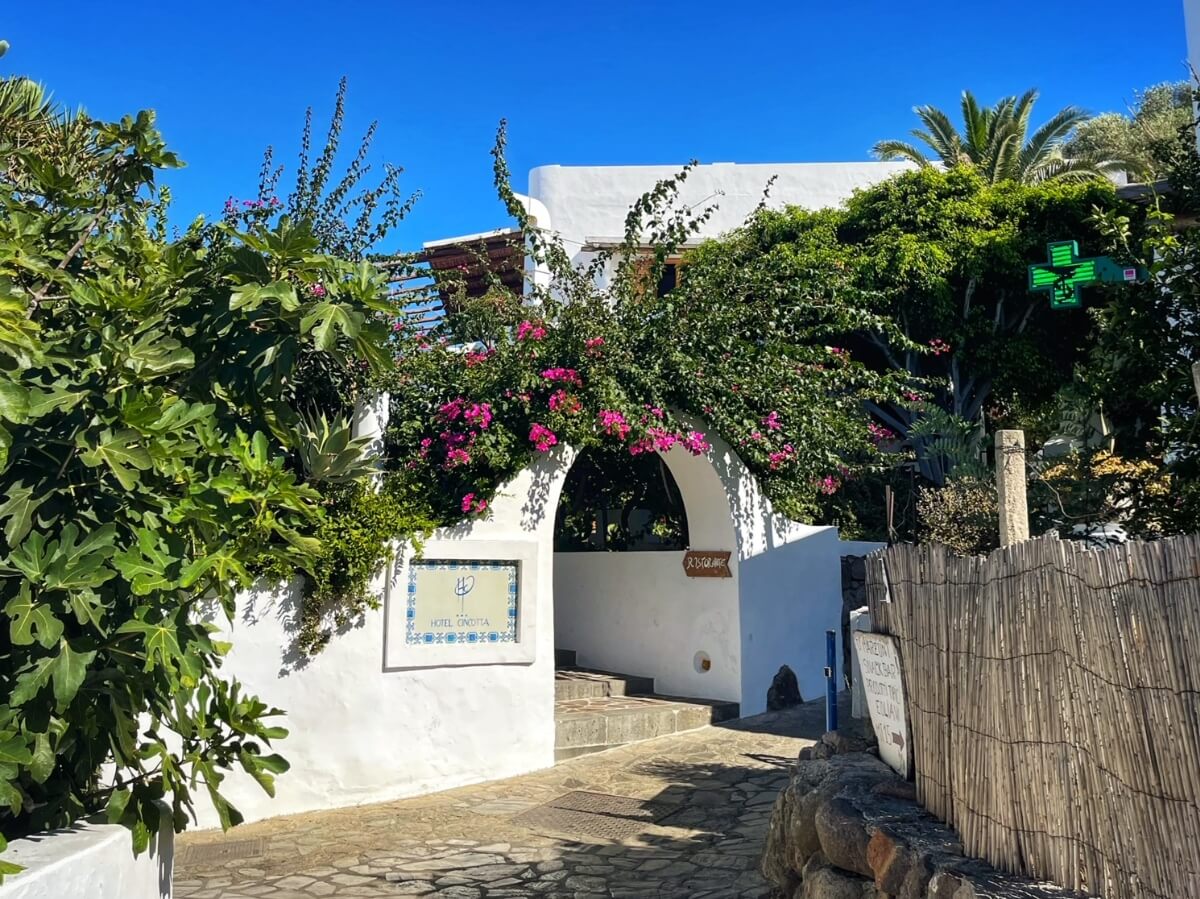
After exploring the town’s only real major of San Pietro, known for its whitewashed houses with distinctive blue doors and creeping bougainvillaea, wander over to the island’s atmospheric cemetery, located at the base of a jagged cliff, to get a real sense of the island’s history away from the tourists. If you fancy a hike, then follow the mule track upwards towards the peak of Punta del Corvo for extraordinary views of the island and sparkling sea all around. Although Panarea’s coastline is mostly rocky, there are some stunning beaches hidden amongst the cliffs: if you have the time then make sure to stop off at stony, postcard-perfect Cala Junco before exploring a bronze-age settlement perched on the promontory overlooking the cove.
Salina
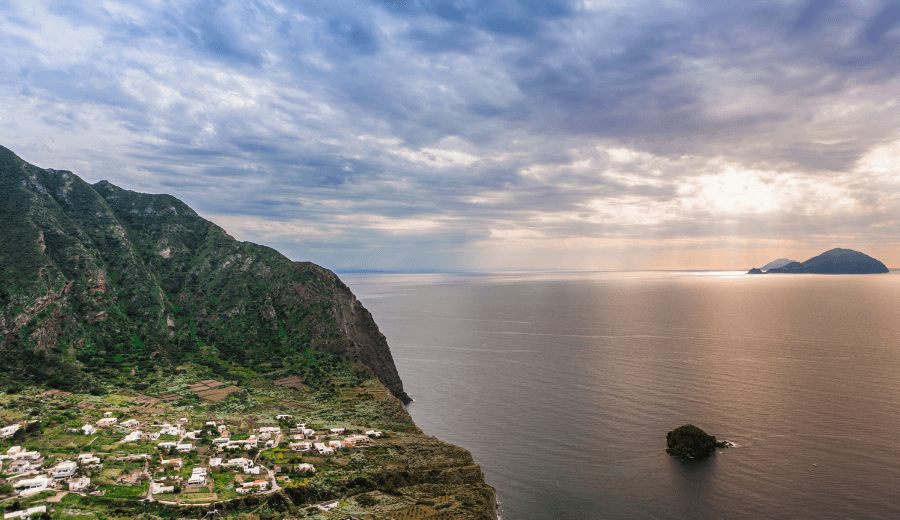
With a permanent population of 2,600 residents and a land mass extending over 27 square kilometres, Salina is the second largest island in the Aeolian archipelago. Amazingly, the island is composed of no fewer than 6 separate volcanoes, explaining Salina’s two towering peaks - although the last volcanic activity took place over 13,000 years ago. Salina was an important settlement in antiquity, known as Didyme - Greek for ‘twins’ - after the distinctive twin peaks that rise over the island. The two major towns on Salina are the port of Santa Marina Salina, where most of the ferries dock, and Malfa, an enclave of fine restaurants and boutique hotels on the island’s northern coast.
The island’s fertile volcanic soil makes Salina a surprisingly green place, fostering a rich ecosystem, and locally cultivated capers are renowned as amongst the finest in the Mediterranean (celebrated in a festival dedicated to the distinctive berry each June). Vineyards creeping up the mountain slopes provide the grapes used in the production of Salina’s renowned white Malvasia wine, which you can taste in-situ at various wineries dotted around the island.
Vulcano

No prizes for guessing how Vulcano got its name! Smoke billows from the volcanic island’s crater and innumerable fumaroles belch sulphurous gases from gashes carved into the barren mountainside. Little wonder that in antiquity the island was believed to be the home of the god Vulcan, whose forge was located deep in the volcano! And although climbing up to the crater is a must when on Vulcano, there’s a lot more to the island than this doom-laden hellscape.
Lovely black sand beaches and a pair of delectable seafood restaurants await at the southern end of the island in the tiny port of Gelso, whilst the hot mud baths at the Laghetto di Fanghi make for a seriously therapeutic experience. Vulcano is also famous for its cultivation of malvasia grapes in its mineral-rich volcanic soil, and the resulting wines are amongst Sicily’s most renowned.
Lipari

With a permanent population of 12,000 residents, Lipari is easily the largest and most accessible of the Aeolian islands, reached via a regular ferry service from Milazzo on the Sicilian mainland. Unlike the sleepy villages of its sister islands, Lipari’s port town is a buzzing place with plenty of restaurants, bars and hotels lining its pastel-coloured seafront and densely-packed old town. With a variety of accommodation options and frequent ferry connections to nearby islands, many visitors chose Lipari as a base for exploring the Aeolians - although bear in mind that it lacks the ‘lost’ feel of the other islands in the chain.
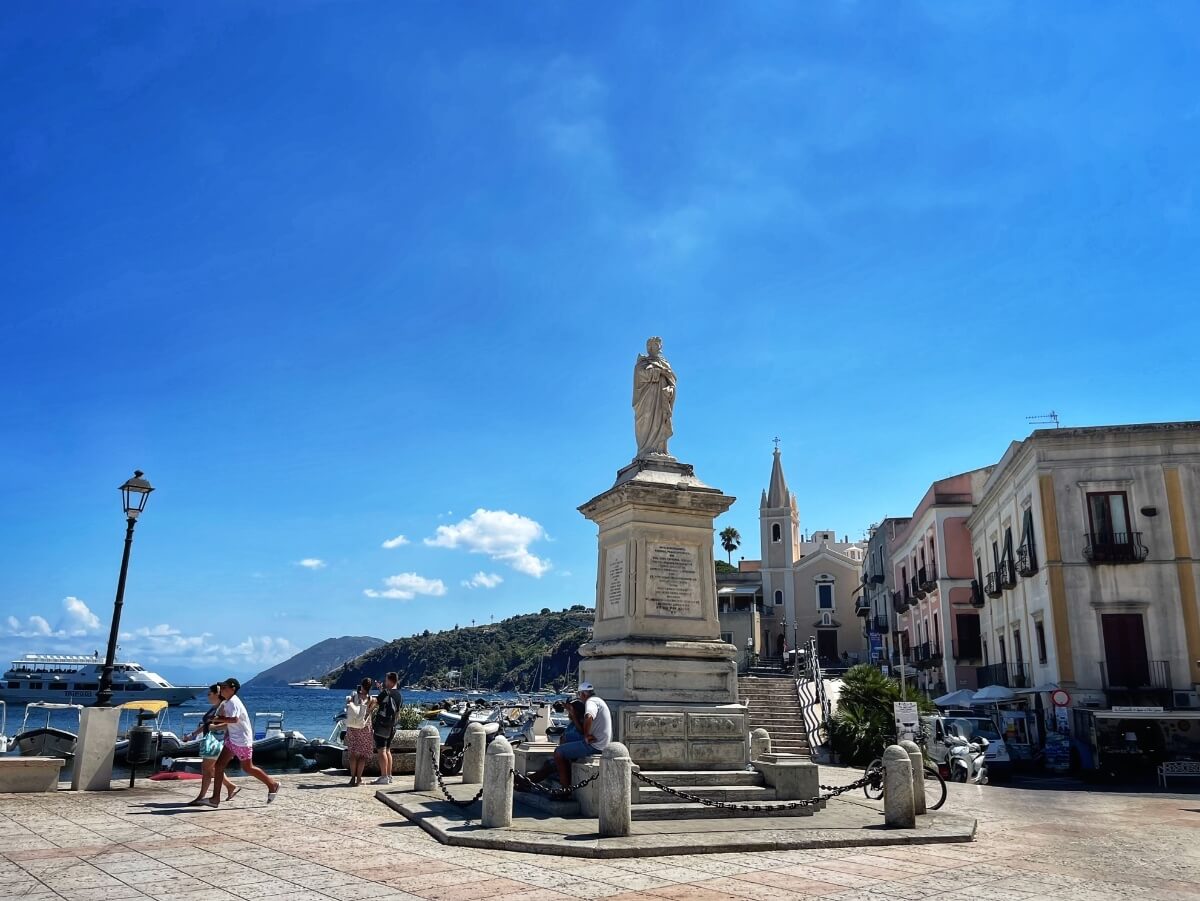
In the summer months locals and visitors alike pack the beach clubs til dawn, but if you’re not the partying type there’s still plenty to keep you occupied. Those in search of retail therapy will appreciate the numerous boutiques selling handcrafted Sicilian jewellery and clothes, while nature lovers are amply rewarded with thrilling hiking routes into the island’s interior as well as snorkelling and diving opportunities in the azure waters that lap the rugged coastline.
For a truly breathtaking view over the Mediterranean and onwards to nearby Vulcano, make sure to stop off at the Quattrocchi viewing point 3 km west of the port. History buffs, finally, will appreciate the exceptional collection of artefacts preserved in Lipari’s Museo Archeologico, an under-rated museum that ranks among Sicily’s finest.
Filicudi
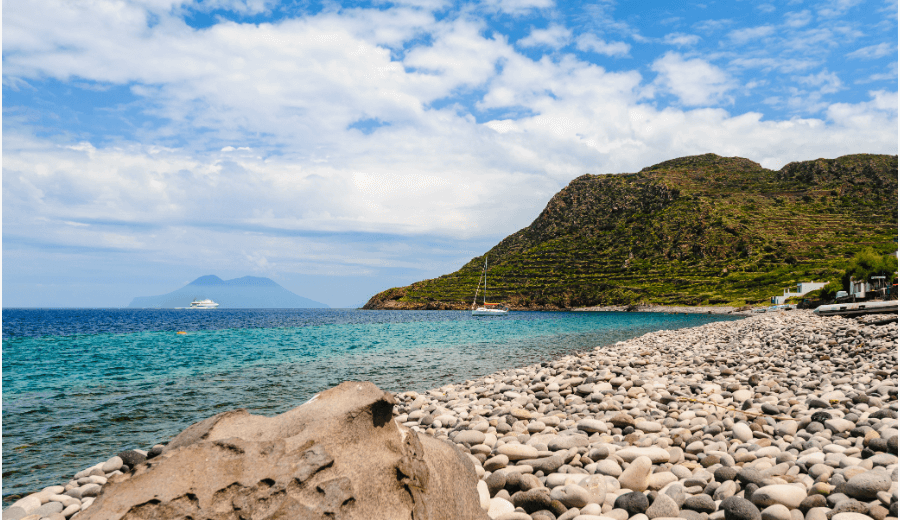
A tranquil oasis that’s a world away from the party island vibes of Lipari, Filicudi owes its name to a corruption of the Ancient Greek Phoenicusa (Phoenician island). Three-quarters of tiny Filicudi is a nature reserve, a verdant landscape of mountains and craggy cliffs home to a wide variety of bird life and vibrant Mediterranean plants. Surrounding the island’s tiny villages of Pecorini Mare and Valdichiesa are terraces covered with vines and olive groves, which provide the resources for Filicudi’s main agricultural products: wine and olive oil. Thanks to an almost total absence of artificial illumination, the starry night sky here offers a breathtaking vista of twinkling stars.
Alicudi
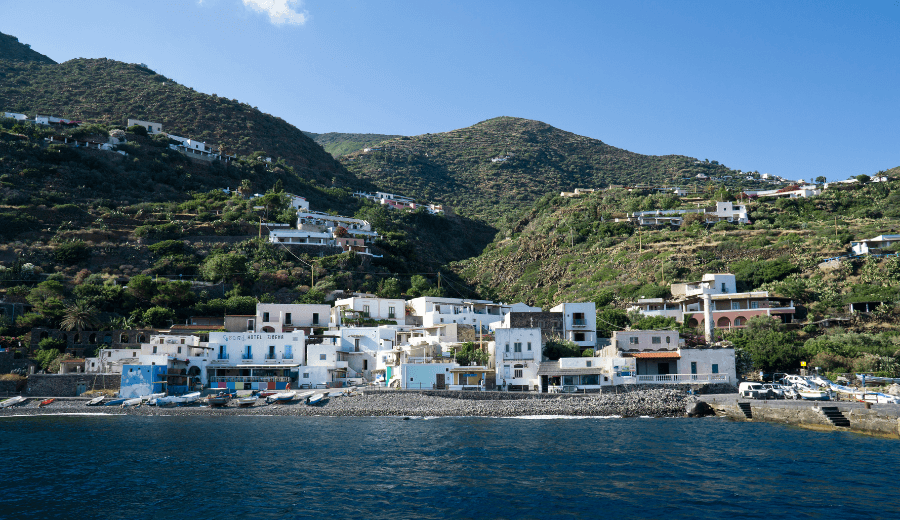
The westernmost island of the Aeolian chain, wild and unspoiled Alicudi derives its perfect conical shape from the long-extinguished volcano of which it is merely the exposed tip. There’s just one village on the island, the eponymous Alicudi Porto, where a single restaurant serves up freshly caught fish to the few travellers who make it here. Dirt paths snake their way up the hills, and donkeys are the only means of transport - it doesn’t pay to be in a rush on Alicudi! For keen hikers, the climb up the 675m summit of Monte Filo dell'Arpa is amply rewarded with stunning views, while the crystal waters that lap in the coves and grottoes of Alicudi’s coastline are perfect for snorkelling.
